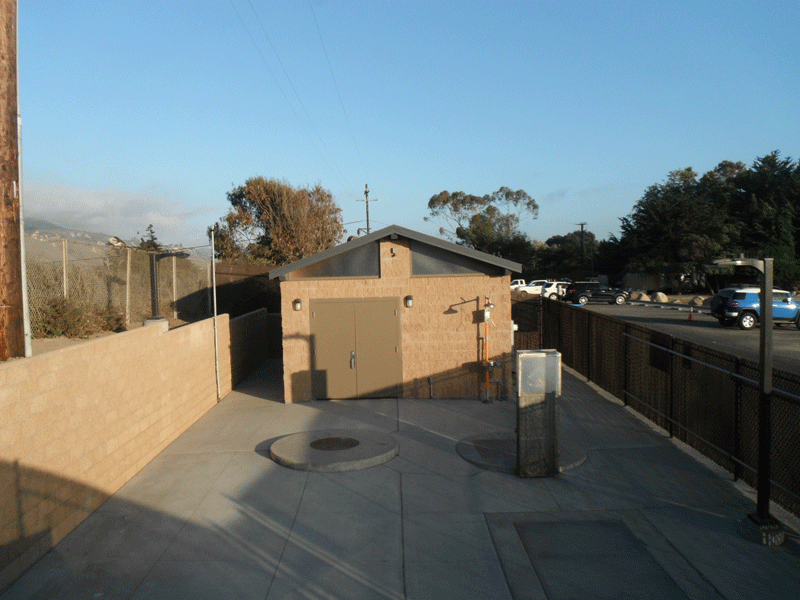
Romtec Utilities designs, supplies, and manufactures pump stations as complete system packages based on the specific requirements of each project. Pump stations are integral pieces of water infrastructure and often require an emergency generator to ensure continuous operation through power outages and service disruptions. Generators are available in many different configurations to meet the needs of each project, and Romtec Utilities can integrate generators into the design of a control building. Indoor generators offer significant benefits to pump station sites, but they do require special considerations to ensure the health and safety of building occupants.

The advantages offered by installing a generator indoors are often the first things to consider when making an informed decision on generator placement. Placing a generator indoors removes them from many harsh conditions like extreme weather, and it ensures they remain readily accessible by personnel during these times. The indoor generator configuration also offers the most security and can prevent your expensive equipment from becoming vandalized. Additionally, pump station sites that are in close proximity to residences or other occupied buildings will often benefit from the sound attenuation that control buildings provide. Control buildings also improve the look of a pump station site with aesthetic designs needed to match surrounding buildings or enhance the aesthetic of the pump station. There are many advantages when installing a generator indoors, but there are several design considerations that need to be considered first.
When a generator is installed inside a control building or another enclosed space there are several requirements that need to be met to ensure the health and safety of occupants. Most generators produce carbon monoxide (CO) while running. This odorless and colorless gas is toxic to humans and can cause health hazards even in low concentrations. This gas is especially dangerous in enclosed spaces and requires control buildings to include robust HVAC systems to properly ventilate the space. This is typically referred to as the air change, or the number of times air enters and exits the room per hour, and it varies depending on the size of the building and generator. Another important design consideration is the significant amount of heat that most generators create when operating.

Generators produce a substantial amount of heat while they are in operation. In outdoor applications, heat is allowed to simply dissipate, but when installed indoors this heat needs to be exhausted from the building. Romtec Utilties always designs the control building with this in mind and places the generator where it can have the shortest connections for exhaust vents to the outdoors. This helps maintain a safe temperature indoors without burdening HVAC systems further. Additionally, we will also prepare the building to meet the requirements of the specific equipment selected, such as isolated concrete slabs for the generator foundation. Isolated foundations are needed to separate the buildings foundation from the generator to account for it shaking during operation.

Integrating a generator into the design of a control building requires extensive knowledge on how both the generator and control buildings operate. Indoor generators offer significant benefits in many applications where security and protection are necessary and can even enhance the aesthetic of pump station sites. Romtec Utilities has provided dozens of control buildings with indoor generators and met all of the local building code requirements relating to ventilation, heating/cooling, and structural design standards. Call Romtec Utilities today for more information on how indoor generators can benefit your pump station project!

Comments 1
I’d like to have a generator inside so that I can prevent people from vandalizing it. Honestly, no one should have to deal with that. vandalizing a generator could also cause it to malfunction easily.